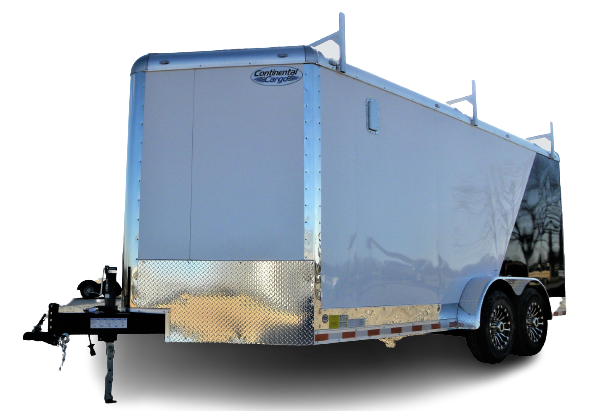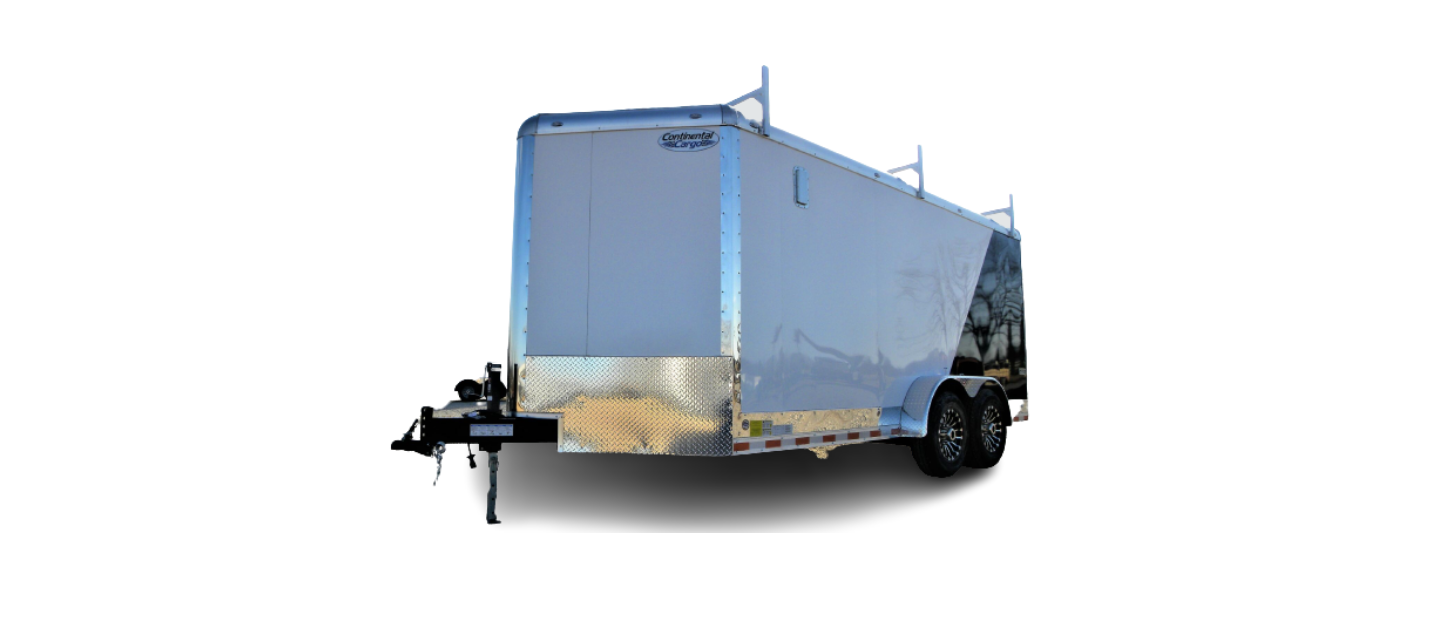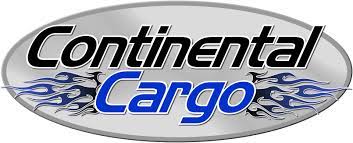2022 Continental Cargo Auto Master CARGO TRAILERS Pre-Trip Checklist

Pre-Trip Checklist
NOTE:
It is important that you read and follow the checklist below prior to using your Car-Tow Dolly.
- Check that all lug nuts are securely tightened and tightened if necessary (manufacturer’s recommended tightness – 90 lb-ft torque). Retorque lug nuts every 50 miles for the first 200 miles of use.
- Check that the hub and bearings are properly adjusted and lubricated.
- Check for proper tire pressure and inflate if necessary (recommended pressure is on the sidewall of the tire).
NOTE:
Since tow dollies are not built with a suspension, they are intended to be towed loaded so that the vehicle-in-tow’s suspension will absorb the road shock and vibration encountered by the tow dolly. If you find it necessary to tow your dolly unloaded, it is recommended that the tires’ air pressure be reduced to around 10 PSI to reduce tow dolly bounce and vibration. Failure to do so will result in premature fatigue in fender and ramp areas. - Check that the nuts securing fenders are tight.
- Check that the nuts and bolts securing the tongue and tongue support bars are properly tightened. (Proper tightness of support bar nuts and bolts is achieved when loading ramps stay in an upright position when tilt pin is removed.) Tighten the front nut and bolt going through the tongue securing support bars at the front and the nut and bolt at the rear of each bar attaching it to the axle as necessary. To lower loading ramps, simply step onto the rear of the ramps and both will lower to the ground.
- Check that the large nut on the underside center of the axle has at least 2 to 3 threads of bolt showing below the nut. (This is a nylon insert lock nut that allows adjustment of the carrying pan swivel tightness. Proper pan bolt and nut tightness is achieved when the carrying pan can be swiveled by hand with moderate resistance. If the carrying pan bolt and nut are too loose, the carrying pan will rattle and swivel back and forth on its own when towing empty.)
Operational Do’s and Don’ts
- Car-Tow Dollies were not designed for use in commercial applications. Commercial use will VOID THE WARRANTY.
- Always make wide radius turns when towing a loaded tow dolly. (Avoid sharp turns and U-turns. Turning too sharply may cause the vehicle-in-tow to come into contact with the tow dolly fender, causing damage to both vehicles. Over-steering can also cause warping of the carry pan and/or bending of the tongue.)
- Never attempt to back up a loaded tow dolly. This can overstress the two dollies, bending the tongue and carrying the pan. Towed vehicle damage may also occur from over-steering.
- Always check wheel lugs and carrying pan pivot bolt and nut for tightness before each trip. (See Pre-Trip Checklist previously in this app.)
- Always check the tire pressure on the tow vehicle, tow dolly, and vehicle-in-tow before towing. (Inflate tow dolly tires to PSI on the sidewall of the tire.)
- Always hitch the tow dolly to the tow vehicle before loading the vehicle in tow.
- Always load the vehicle-in-tow facing forward. (Make sure the steering wheel is immobilized by locking the ignition switch or tying off the steering wheel to the seat frame or suitable point.) Towing a rearward-facing vehicle may cause swaying with the towed combination.
- Always disconnect the drive shaft of a rear-wheel driven/front engine vehicle-in-tow at the differential to prevent damage to the transmission. (Consult vehicle manufacturer.) Secure all disconnected parts.
- Never transport any passengers or heavy cargo inside the vehicle-in-tow.
NOTE:
For wheel bearing maintenance, see the axle manufacturer’s manual or online at:
- Dexter
- Lipper
- Al-Ko Axis

